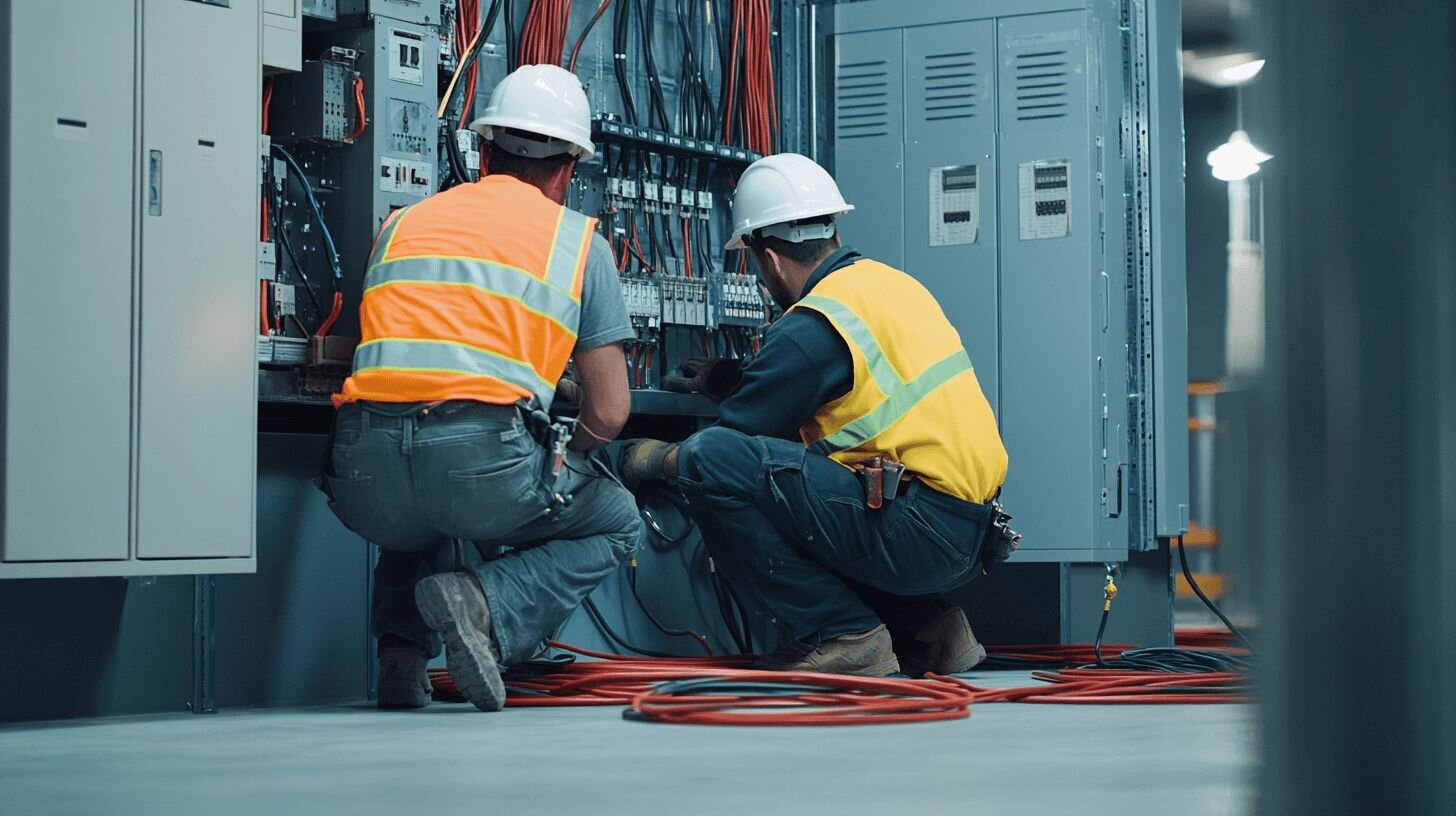It’s well documented that the construction industry is among the slowest to adopt new technology. Razor-thin margins and fear of time lost to worker training can keep contractors from investing in new hardware and software. But, as the construction workforce gets younger, things have begun to shift.
While not widely adopted, construction robotics offers contractors a variety of options to increase productivity and reduce rework caused by human error. From autonomous robots that perform layout tasks, such as marking connection points and wall locations, to exoskeletons that assist with repetitive overhead tasks, a case can be made that these machines could become an integral part of the industry’s future labor force.
However, they have to prove their value, and for most contractors, that means they must pencil into existing operating and project budgets. To help companies assess the profitability of using robots for construction work, we’ve put together a small sample of case studies to show how construction robots are performing “by the numbers.”
Case Study #1 – Curtain Wall Layout
J.R. Butler, a glazing system contractor, was tasked with laying out connection points for 10,000 curtain wall panels on a healthcare project. The tolerances were extremely small, allowing only 1/16” discrepancy.
Initially, they used a specially trained human crew for laying out these markings. After completing the first two levels, the panels had to be removed, the layout redone, and the clips remade, at a cost of $100-130k and approximately 6 weeks of delay.
They began considering other options, including using lasers to guide the panel installation, which added time and costs:
- 5 minutes for each panel installation
- Total impact: over 208 man-hours
- Adding 5 weeks to the schedule.
Based on their prior experience with robots and because the cost was lower than their layout budget, they decided to use robots from Raise Robotics.
- Layout accuracy was within the 1/16” requirement
- Only discrepancies were caused by uneven concrete, dust, debris, or exposure to the elements
Besides the savings in layout costs, they also avoided additional rework costs, and there were no further delays.
Compared to the laser option, the team saved 208 additional man-hours and 5 weeks on the schedule.
Case Study #2 – Wall Layout
FL Crane, a drywall contractor, was tasked with laying out 19,811 linear feet of walls over 84,468 square feet of space.
They calculated the costs to perform this work manually:
- A layout crew of 2 workers at $75 per hour
- 348 hours to complete
- Total labor cost $52,229
They chose an HP SitePrint robot, which marked all the walls according to a CAD design. Those costs were:
- Layout crew of 1 worker at $75 per hour
- 44 hours to complete
- Total labor cost $3,276
- Rental and usage fees for robot $17,202
- Total cost $20,478
Total savings using the robot for drywall layout were $31,751, a 61% cost reduction.
Case Study #3 - Worldwide Case Studies
A National Institutes of Health study assessed the impact of 10 construction robots across 12 projects worldwide, focusing on their effect on safety, quality, schedule, and cost. The projects studied were in the commercial, residential, and infrastructure sectors, and the robots were used for various tasks:
- Drilling holes in concrete to install ceiling hangers
- Transporting materials
- Raising scaffolding components via a rail system mounted on the exterior of a building
- Performing roof inspections
- Operating a skid steer autonomously
- Scanning buildings for future projects (for structural and architectural designs)
- Drywall mudding and sanding
- Assisting with repetitive overhead drilling
- Site surveying and staking
- Tying rebar
The report did not detail the costs for each project, but it did report that overall costs were reduced by 13%. Six robots decreased costs, while four increased them.
Other interesting statistics from the study include:
- Repetitive work decreased by 25-100% in all cases
- Traditional rework was reduced by more than 50%
- Accuracy was improved by 55% on average
Conclusions
While it's hard to draw industry-wide conclusions from a small sample, the data above shows that using robots to perform construction work is economically viable. This gives contractors something to think about when discussing ways to address the construction labor shortage and improve accuracy and safety.
It’s important to note that robotics companies offer different cost models. Some require contractors to purchase the robot outright, while others allow contractors to rent it or pay only when it’s operational. This flexibility enables contractors to choose the right cost model for their operations and is key to making construction robots pencil out.



